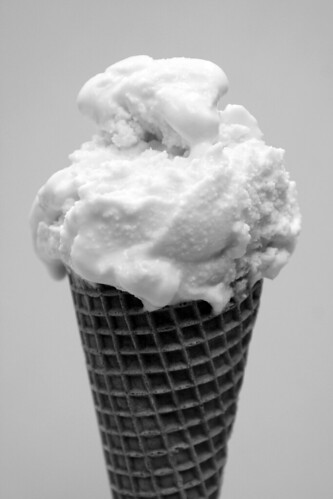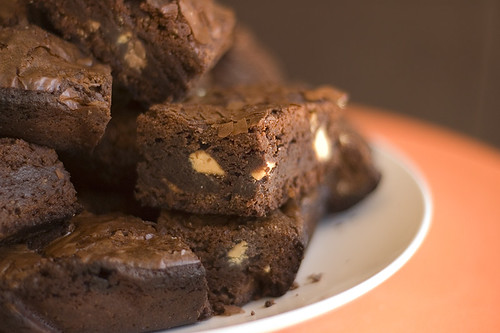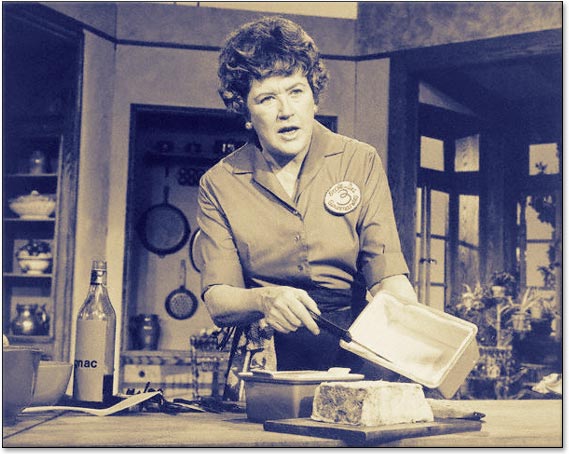 Is breakfast a difficult meal for you?
Is breakfast a difficult meal for you?Is it the one that you rarely think about, the one that you linger over the least? I was never one to skip breakfast, but I still find it a hard meal to wrap my head around. I rarely get to lavish the attention on breakfast that I pay to lunch and dinner: hunger, and the morning rush, conspire to make my breakfast as simple as possible. But "simple," I find, is often pre-made and repetitive: store-bought yogurt and granola; toast with peanut butter and banana slices; fruit and cottage cheese. Those are my staples, the ingredients that I always have on hand to make my morning meal in a pinch. I rarely give them a second thought. So what's wrong with that?
 Part of the problem with these kinds of foods is that they are sugary and flighty, often leaving me hungry later in the day. And they get boring, day after day, the same combination of dairy and grain and sweetness. There is only so much granola and yogurt that I can take before going batty. Yet I have never been one to yearn for bacon and eggs in the morning -- so what to do?
Part of the problem with these kinds of foods is that they are sugary and flighty, often leaving me hungry later in the day. And they get boring, day after day, the same combination of dairy and grain and sweetness. There is only so much granola and yogurt that I can take before going batty. Yet I have never been one to yearn for bacon and eggs in the morning -- so what to do? I have found part of the solution to what-to-eat-for-breakfast in the insight afforded by Asian cuisine which, it should be pointed out, does not draw clear distinctions between "breakfast food" and all the rest. Breakfast, at least in China, may be sweet, or it may be savory; it may have fruits, or eggs, or soup, or rice, or all of these things. Breakfast is like lunch or dinner, only smaller. Just think of all the things you can have for breakfast if you follow this approach! Not just eggs -- pork! Beef stew! Tofu! Vegetables! Are you someone who can't stand another day of bagels with cream cheese and frozen orange juice? Don't you agree that breakfast is the most wasted culinary opportunity of the day?
I have found part of the solution to what-to-eat-for-breakfast in the insight afforded by Asian cuisine which, it should be pointed out, does not draw clear distinctions between "breakfast food" and all the rest. Breakfast, at least in China, may be sweet, or it may be savory; it may have fruits, or eggs, or soup, or rice, or all of these things. Breakfast is like lunch or dinner, only smaller. Just think of all the things you can have for breakfast if you follow this approach! Not just eggs -- pork! Beef stew! Tofu! Vegetables! Are you someone who can't stand another day of bagels with cream cheese and frozen orange juice? Don't you agree that breakfast is the most wasted culinary opportunity of the day?I'm trying my best to change things around here, and I am taking my cues from Asian cuisine. My breakfast may be a bowl of rice with coconut milk and fruit, as in my first photo, or a sticky rice bao filled with sweet pork, shitake mushrooms, peanuts, and dried shrimp (picked up in Chinatown);
 black imperial rice with coconut and bananas; mung bean porridge with tangerines; or any other strange and wonderful concoction I happen to dream up or stumble upon. This is what I am eating, more often than not. And I can't think of a better way to start my day with a breakfast that is just a little beyond the ordinary -- even if all porridges look the same.
black imperial rice with coconut and bananas; mung bean porridge with tangerines; or any other strange and wonderful concoction I happen to dream up or stumble upon. This is what I am eating, more often than not. And I can't think of a better way to start my day with a breakfast that is just a little beyond the ordinary -- even if all porridges look the same.





























 Ingredients:
Ingredients: Today I wore white for the last time this year (if you believe in such things) and made a
Today I wore white for the last time this year (if you believe in such things) and made a 

